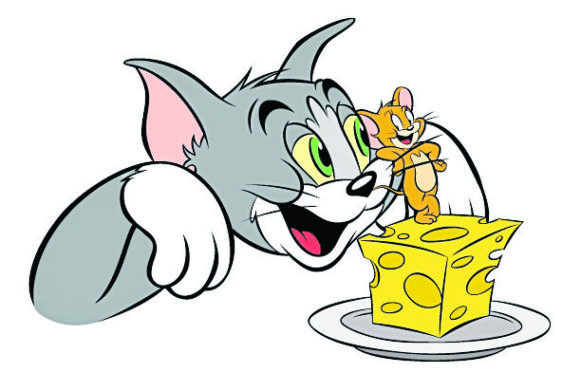
The French are obsessed by it and no three-course meal is complete without a cheese board.
Now the Brits’ love of the smelly stuff is revealed in a new book, A Cheesemonger’s History Of The British Isles. Here its author Ned Palmer explains a passion that dates back 5,000 years.
Tell us about the history of cheese.
Funnily enough, I’ve just written a book about that. It’s also about how the cheese of the British Isles reflects our history and culture. Recent archaeological evidence shows us that the people who built Stonehenge more than 5,000 years ago were cheesemakers, so there is plenty of history to talk about.
As agriculture changed over the centuries, so did the cheese we produced. Cheese has been a status symbol, a gift between aristocrats and a staple food of the poor. A commodity transported along the turnpike roads or by the shipload from Chester to feed London in the 16th Century, cheesemaking in the British Isles was almost wiped out by the Industrial Revolution in the 19th Century and war in the 20th.
The craft was rediscovered and reclaimed by new generations in the 1970s and now by millennial entrepreneurs telling their stories on Instagram and selling new cheeses at farmers’ markets across the country.
Why does cheese smell?
Cheese can have a delicate zesty tang, or a heady cabbagey barnyard aroma or anything in between. A favourite of mine, a hard sheep’s milk cheese called Spenwood, can sometimes have a lovely pineapple fragrance. It all depends on how the cheese is made. These aromas develop during the magical process of fermentation. Different bacteria and moulds ripen the cheese and create all these complex and delicious scents and flavours.
How much milk does it take to make cheese?
The amount of milk it takes to make cheese depends on what sort of cheese you want to make. Hard cheeses have a lot of the moisture squeezed out. That means they last longer but it takes more milk to make them.
How is it produced?
Making cheese is a way of preserving milk and adding value to it. First you add a starter culture of friendly bacteria to your milk, which will ferment the lactose into lactic acid, and then rennet which contains an enzyme to solidify your milk into cheese. At this stage it looks like the curds and whey from the nursery rhyme. After that there are lots of different variations. Some makers salt and press the curd a lot to drive out the moisture and create a hard cheese, while others mould their curd then wash the young cheeses in salt water to encourage those pink rinds you find on Époisse. Other cheeses are rolled in ash, dotted with herbs, or pierced to allow blue moulds to develop inside them.
Does cheese cause nightmares?
Eating any rich food late at night can give your digestion trouble which can lead to strange and colourful dreams and perhaps cheese gets the blame because it tends to come at the end of a meal. Also many cheeses are full of an amino acid called tyrosine, precursor of the neurotransmitter dopamine, so cheese is psychoactive.
Anything we might not know about cheese?
A woman named Barbara Gilmour made such delicious cheese in the 17th Century, that her neighbours accused her of witchcraft, and at the moment you are not allowed to make Stilton in Stilton. Samuel Pepys buried a Parmesan to save it from the Great Fire of London, and on another occasion “made merry” with a piece of Cheshire at his friend’s house.
Why is cheddar yellow/orange?
Cow’s-milk cheeses will always have a touch of sunshine in the colour because of the beta carotene in the grass. Traditionally, the best cheese came from cows fed on pasture during the summer months, and that tended to have that buttery gold tinge. Medieval cheesemakers dyed their cheese with various plant products to make it look like summer cheese all year round, and the habit has stuck for many modern cheesemakers.
A Cheesemonger’s History Of The British Isles by Ned Palmer, published by Profile Books, £16.99

Enjoy the convenience of having The Sunday Post delivered as a digital ePaper straight to your smartphone, tablet or computer.
Subscribe for only £5.49 a month and enjoy all the benefits of the printed paper as a digital replica.
Subscribe